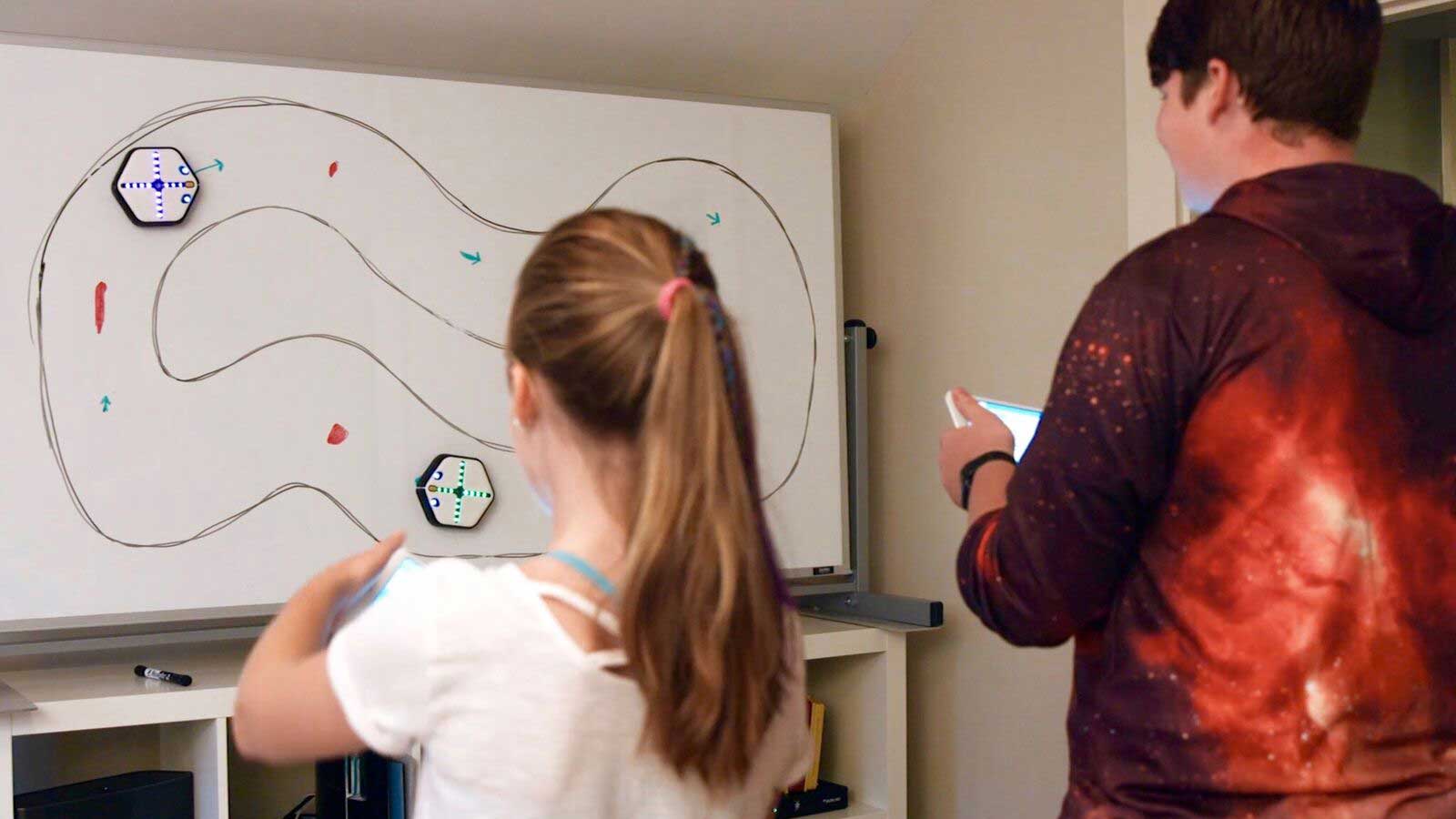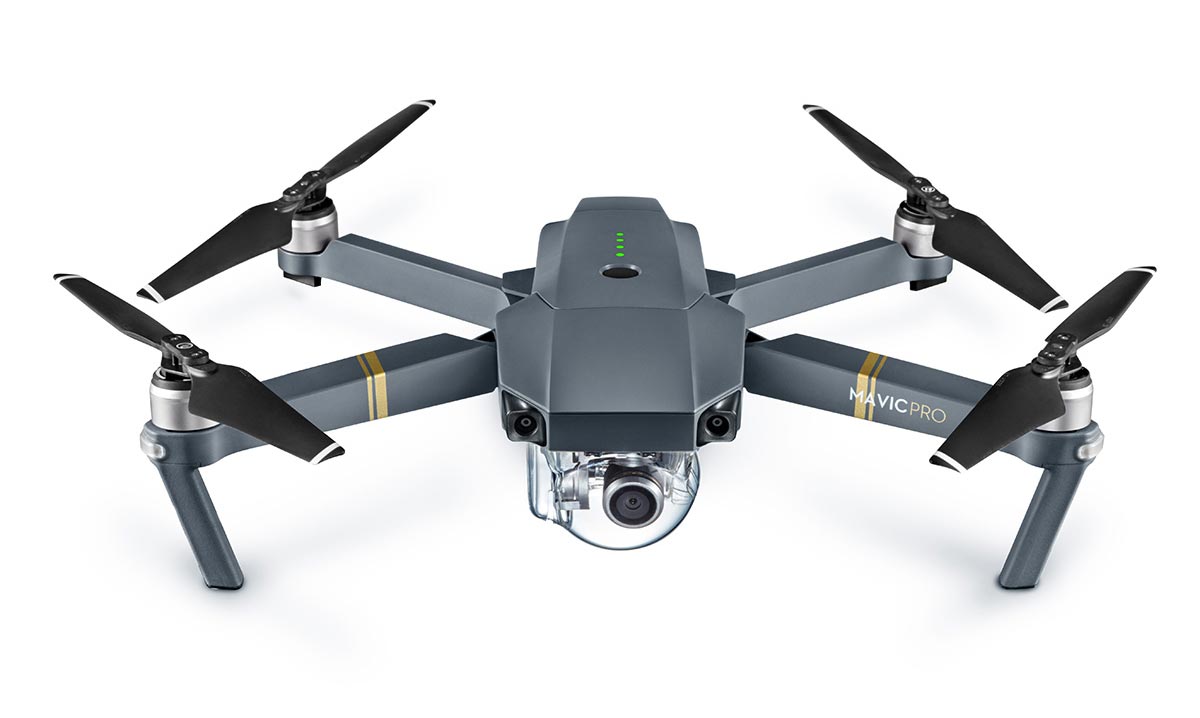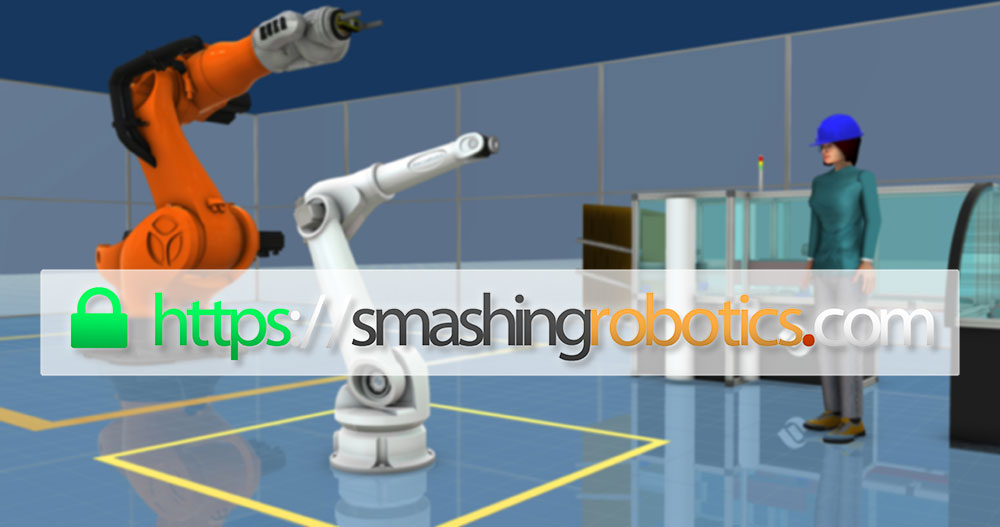Not long ago we stumbled upon a very interesting project — a very low-budget DIY 3D printer, built mostly with parts salvaged from old PCs, a few basic materials and an Arduino MCU as the control unit. Nicknamed the Poor Man’s 3D Printer by its creator Gelstronic, this build is possible with a few basic tools and materials and lots of spare time for putting everything together and making it work.

You can read about some key aspects of 3D printers in our dedicated article, as well as compare the capabilities of this cheap 3D printer with off-the-shelf products specifications. Of course, one might argue that there is no comparison, neither in price nor capabilities, and such reasoning would not be far from the truth at all, however with respect to some features we will see that this is not always the case.
Author Gelstronic says that the main purpose of this project was to build a working 3D printer on a budget no greater than 100 Euro. Yes, one hundred euro.
The printer has a maximum build volume of 40 cubic mm and employs FDM printing technology. Already standard 1.75 mm ABS or PLA filament is used as building material, supplied to the nozzle through a Bowden-type extruder.
There are two extremely interesting features of the 3D printer — the very high layer resolution of 0.08 mm, that is 80 micron, and the heated platform which is kept at a temperature of around 110°C. These features are not standard on commercial 3D products, a heated printing platform is offered only on upscale models, and layer resolution is generally around 200 micron, 100 micron printing capability is possible only from mid-range products and up.
The Repetier Host 3D printing software is used for spooling data to the 3D printer, which is controlled by an Arduino MCU running modified versions of Tonokip and the Adafruit motor shield library. The 3D printer produces very accurate results, the author reports a variation of only 0.06 mm between the 3D model and the actual 3D printed element for a model edge 10 mm long.
The new parts used are the Arduino Board Mega 2560 controller, 2 stackable L293D motor driver shields, a Hotend MK7 MK8 0.4 mm nozzle with thermistor and cartridge, PTFE tubing for supplying material from the extruder, a 30 mm fan and various electronic components, which all add up to a cost of only about 50 Euro, less than 70 US Dollars.
Salvaged parts are 4 DVD/Blu-ray drives which employ stepper motors for nozzle and platform positioning, an old PC power supply, a stepper motor and modified gearing sourced from old HP and Epson printers for building the extruder. The author says that this can optionally be replaced by an Airtripper Bowden extruder, for about 25 Euro extra cost. Frame building materials can be either sheet metal or wood, and of couse screws, wiring and such.
You can find the step-by-step guide on Instructables, complete with schematics, programs for the Arduino, 3D printing software settings and pictures from each build stage. Below you can find a video of the 3D printer.








Incredible post. Really like it. Very well written and well explained each points. Recently i puchased Arduino Mega 3D Printer. It also good and easy to usable. Thanks for sharing a great info with us.
Regard,
donnacarter
http://www.arduinostarterkits.com/